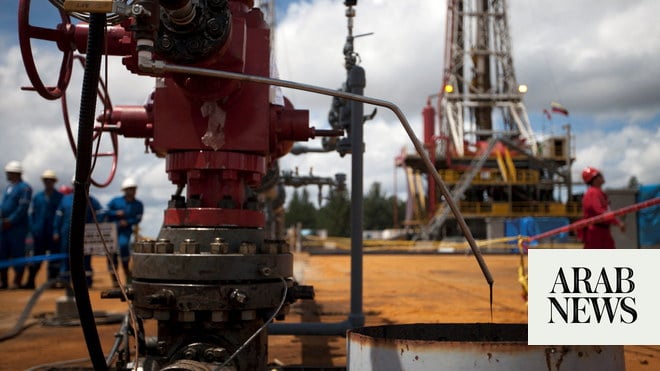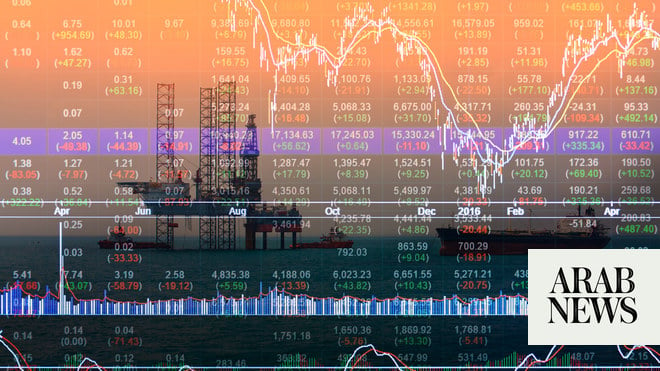
Europe imports more diesel from Mideast, Asia to replace Russia
RIYADH: Global oil demand growth will rebound strongly next year as China eases COVID-19 lockdowns, the International Energy Agency said on Wednesday, adding that an economic slowdown will pause growth only briefly at the end of this year.
The outlook preserves a relatively bullish view for robust growth next year despite economic headwinds, built on the expectation that China will get back to work while growth in air travel will boost jet fuel demand.
The IEA’s forecast of demand growth this year of 2 million barrels per day is mostly concentrated in the first half of the year and is set to fall to nothing in the fourth quarter.
Offsetting the hit to demand by the economy, a switch from gas to oil for power generation will provide a 700,000 bpd boost in the last quarter of this year and the first of the next especially in Europe and the Middle East, the IEA said. For 2023, growth is set for 2.1 million bpd mostly due to hopes of recovery in China.
Rich countries in the Organisation for Economic Co-operation and Development accounted for most of the rise in demand this year, while countries outside the group, especially China will underpin growth next year provided Beijing relaxes its COVID-19 curbs.
“Non-OECD countries will cover three-quarters of 2023’s gains if China reopens as expected,” the IEA added.
Russian oil exports
Meanwhile, Russian oil exports are set for a bumpy ride as the EU plans to impose a ban on maritime services transporting it on Dec. 5.
The ban will push Russian oil production down to 9.5 million bpd by February next year, the IEA said, a 1.9 million bpd drop compared to February 2022. A plan by G7 countries to cap Russian oil sales prices and not ban the trade may ease those losses.
Europe diesel imports
Europe is increasingly turning to non-Russian suppliers for its diesel needs with imports of the fuel this month on track to reach a three-year high, data from oil analytics firm Vortexa showed.
The data, covering Sept. 1-11, showed Europe on course to import 1.65 million bpd of diesel this month, up from 1.46 million bpd last month, and the highest since August 2019.
HIGHLIGHTS
• The IEA’s forecast of demand growth this year of 2 million barrels per day is mostly concentrated in the first half of the year.
• Offsetting the hit to demand by the economy, a switch from gas to oil for power generation will provide a 700,000 bpd boost in the last quarter of this year.
• Russian oil exports are set for a bumpy ride as the EU plans to impose a ban on maritime services transporting it on Dec. 5.
• Europe is increasingly turning to non-Russian suppliers for its diesel needs with imports of the fuel this month on track to reach a three-year high.
It also showed diesel imports from Russia accounted for 44 percent of the total so far in September, down from 51 percent in the whole of August and 60 percent in July.
At the same time, the Middle East’s share of European diesel imports reached 30 percent, up from 23 percent in August.
Imports from the Middle East for the whole of September are set to rise about 50 percent from August to 500,000 bpd, their highest since May 2018, the data showed.
Imports from Asia are set to remain broadly steady at around 225,000 bpd in all of September versus August, but are over three times higher than in July, and near last November’s recent high, the data showed.












